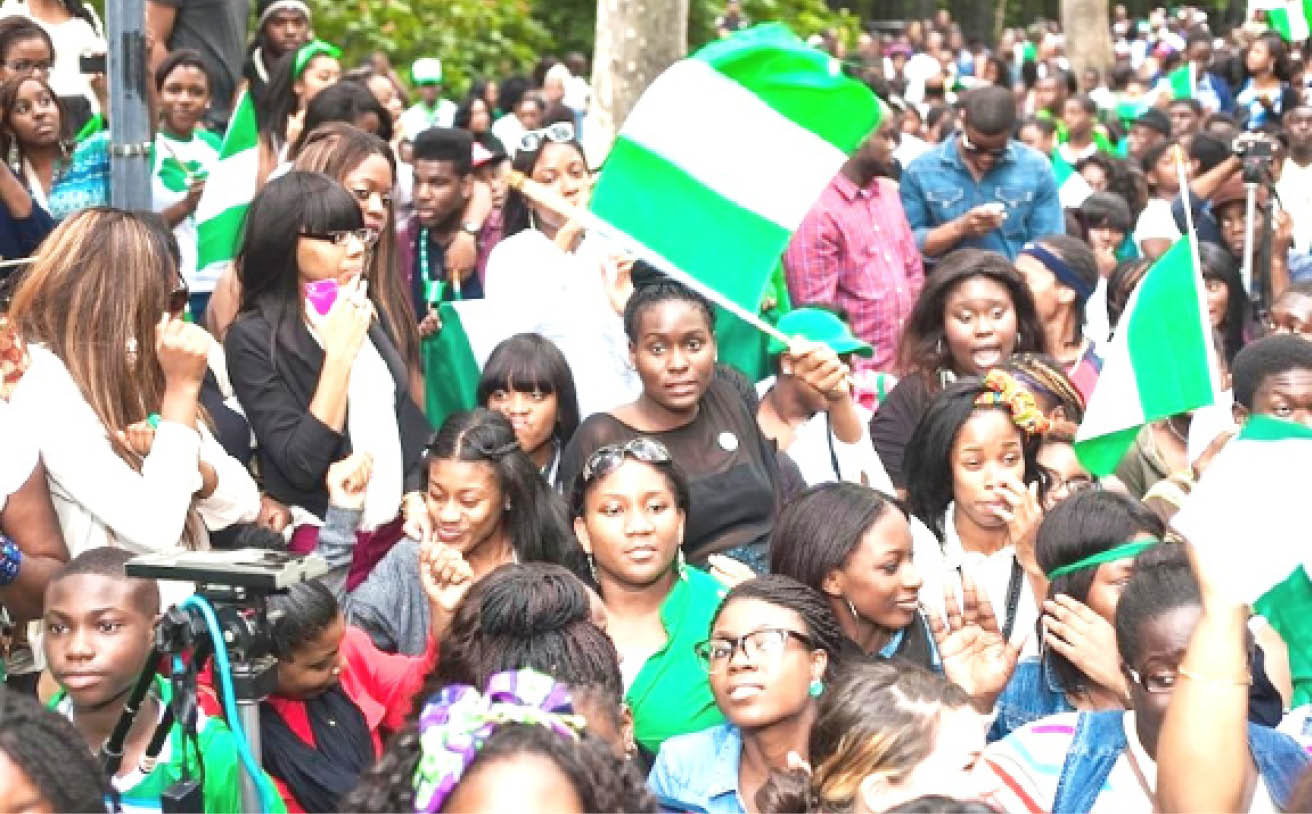Since Nigeria’s struggle for independence, young people have been at the forefront and centre of political participation. The struggle for Nigeria’s independence as well as the successive military interventions and democratic republics has been filled with instances of youth participation. However, the participation of young people has continued to rise and fall between 1960, when Nigeria gained independence till the 4th Republic in 1999 when there was a return to democracy following years of military rule.
In May 2018, President Muhammadu Buhari signed the age reduction Act, popularly known as the #NotTooYoungToRun Act. Following this historic act, youth candidacy increased from 21 per cent in the 2015 general elections to 34.2 per cent in the 2019 general elections. However, youth candidacy dropped in the 2023 general elections from 34.2 per cent in 2019 to 28.6 per cent for the 2023 general elections.
Youth candidacy data analysis from 2015 – 2023 has swung forward (in 2019) and then backward (in 2023). This is because of the excessive cost of nomination forms, highly commercialised party primaries, substitution of candidates, and the deregistration of political parties.
Across the 36 state Houses of Assembly, there were 68 members between the ages of 31 and 35 representing 6.08 per cent of the members of the assemblies. There were also 20 direct beneficiaries of the Not Too Young To Run Act in the state Houses of Assembly between the ages of 25 – 30. This was directly as a result of the age reduction legislation that was passed by the National Assembly and assented to by the president on May 31, 2018.
60% of youths can determine Nigeria’s next set of leaders
Ayojimi, son of popular musician, charged with assaulting wife
Despite the youth demographic being responsible for over 60 per cent of the entire population – this does not translate into a democratic dividend in terms of youth candidacy and representation in elective offices.
Similarly, voter turnout has been on a decline since 2003. Voter turnout was recorded at 69 per cent the 2003 general elections, it dropped to 57 per cent in 2007, further to 54 per cent in 2011, to 44 per cent in 2015, and to an all-time low of 35 per cent in 2019. In the 2019 general elections, out of a voting-age population of over 100 million, only 84 million Nigerians registered to vote, young Nigerians accounted for 51.1 per cent (42 million) of registered voters for the elections.
However, this huge demography did not reflect in voter turnout as only about 12.1 million young voters – representing 28 per cent of young voters’ population participated as voters in the 2019 Presidential/National Assembly Elections and 12.6 million young voters – representing 29 per cent participated as voters in the 2019 Gubernatorial/State Assembly Elections.
The 2022 general election in Kenya, had the lowest voter turnout in 15 years. Only 65% of the 22.12 million registered voters turned up to cast their ballots. The decline in voter turnout was credited to a lack of voter education, low interest by the youth, reduced trust and confidence in the political system, poverty and youth unemployment. It is interesting to note that 65% turnout in Kenya is considered ‘low’ while Nigeria has struggled to achieve similar voter turnout figures since 2003.
Democracy is about numbers and these numbers narrate the state of participation, spread across youth candidacy, youth representation and youth voter turnout in Nigerian elections. These indices further speak to the quality of inclusion and representation of various groups within a society.
The 2023 general elections provide an opportunity to swing towards positive levels of youth representation and youth voter turnout. One of the innovative ways to increase youth voter turnout can be seen in Yiaga Africa’s #SixtyPercentOfUs Project, which seeks to use traditional and non-traditional means to mobilise young voters to register, collect PVCs and vote in the 2023 elections using traditional and non-traditional tools of political mobilization. Across various states, citizens have been and are continuing to organise outreach drives, bus drives, town hall meetings especially in states with low voter registration and Permanent Voters Card collection rates (between June 2021 and July 2022), followed by current efforts to ensure citizens collect their PVCs as well as voter mobilisation efforts to turn out and vote on election day.
Achieving 60 per cent voter turnout will reverse the trend of declining turnout in Nigeria. This is important because a truly democratic and representative political system ensures that all parts of society are included in decision making processes. Inclusive political participation is not only a fundamental political and democratic right but also is crucial to building stable and peaceful societies and developing policies that respond to the specific needs of younger generations.
Ibrahim Faruk is a Program Manager with Yiaga Africa’s Governance and Development

 Join Daily Trust WhatsApp Community For Quick Access To News and Happenings Around You.
Join Daily Trust WhatsApp Community For Quick Access To News and Happenings Around You.


